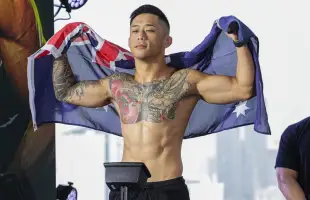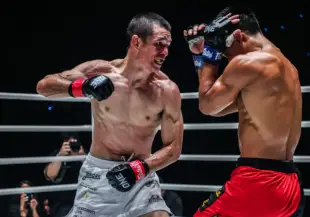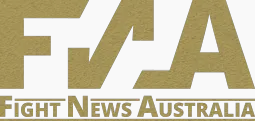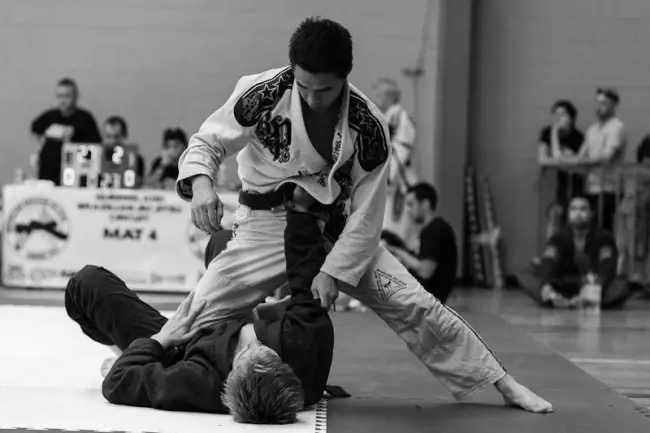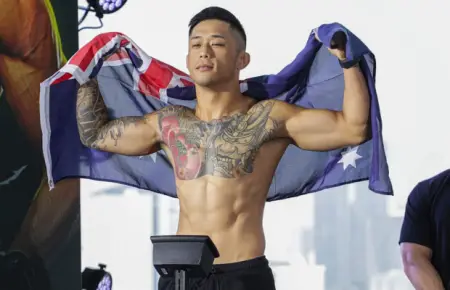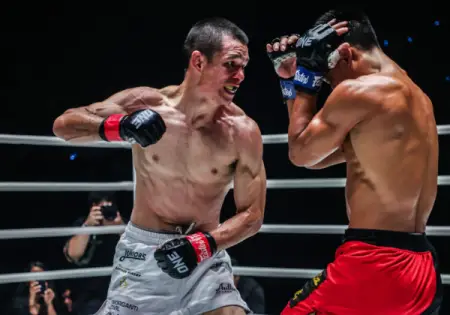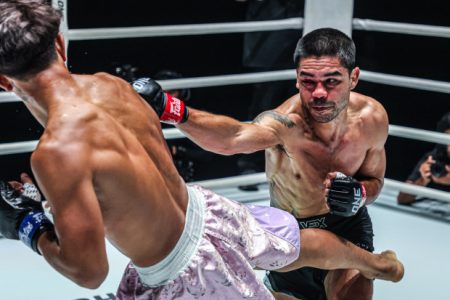In recent years, there has been an unprecedented growth of martial arts, both worldwide and within Australia. Whether it be in popular TV shows like Cobra Kai, the recent trend of internet celebrity boxing, or even the recent distribution deal between ONE Championship and Chanel 7, martial arts are rapidly taking more of a center stage in the global culture.
Brazilian Jiu-Jitsu is no stranger to this growth, with it being considered the fastest growing martial art in the world, and is one of the most popular and effective martial arts currently taught.
Brazilian Jiu-jitsu is a grappling and submission based martial art that relies on angles, leverage, pressure, and timing to allow practitioners to grab and control their opponent’s body on the ground in a fight. Unlike other martial arts, BJJ is not a striking based martial art, and relies entirely on a practitioner’s understanding of angles, leverage and human anatomy to be successful.
How Jiu-jitsu became Brazilian
BJJ is derived from Japanese Jiu-jitsu, an art created and used by samurais to defend themselves in a hand-to-hand combat scenario, particularly in the 17th century. As Japanese Jiu-jitsu grew and was passed down from generation to generation, there came a time where its top practitioners looked to take it international, and among these traveling practitioners was Mitsuyu Maeda, a talented athlete who had spent time traveling around Japan to different jiu-jitsu schools learning under different instructors.
Maeda’s goal to spread Japanese Jiu-jitsu took him all around the world, and while in Brazil in 1914, Maeda gave a jiu-jitsu demonstration which was viewed by a fourteen-year-old Carlos Gracie. Carlos was a rebellious and energetic kid, and knowing Maeda was setting up a school in their town, Carlos’ father enrolled him in hopes to teach his son discipline and calm him down.
After studying under Maeda for five years, Carlos moved to Rio de Janeiro with his family, and had to cease training Japanese Jiu-jitsu under Mitsuyu Maeda. Carlos found it difficult to adapt to life without training and felt a constant need to teach the art he had learned from Maeda. Jiu-jitsu had absolutely changed his life, and he felt the need to share this art with more people.
In 1925, the first Gracie school of Jiu-Jitsu was founded, which was the living room of a small house, as it was all Carlos could afford. Knowing he couldn’t train students alone, Carlos trained his four brothers; Oswaldo, Gastao, George and Helio.
As the youngest brother Helio learned more and more about Jiu-jitsu, he found it difficult to execute some of the moves his brothers could, as he was the smallest and weakest of the group. Through repeated experimentation, Helio developed alternative ways of conducting the moves he had learnt, allowing him to utilize leverage and timing over strength and speed. This evolution is viewed as a defining moment in the development of BJJ.
Over decades the sport of BJJ continued to evolve, with more focus on timing and leverage allowing smaller and weaker people to take part and be effective in the sport. Due to Hollywood movies and the Olympic games, other martial arts such as karate and taekwondo grew in popularity, while BJJ remained relatively unknown, until 1993 in what is referred to as the ‘BJJ Revolution’, when Royce Gracie, son of Helios, won the first Ultimate Fighting Championship (UFC) tournament. Royce’s success despite being perceived as the ‘smaller man’ in the tournament cause mass interest in the sport, allowing it to see the explosion in popularity it has today.
BJJ in Australia
For Brazilian Jiu-jitsu black belt Bernard ‘Bernie’ Jenkins, starting BJJ was something he felt he had to do for his own self-defence.
‘I think Geelong in the 80s was like the wild west. I think the reason a lot of people turned to martial arts in those days was because you sort of needed to, to survive. You either had to be a fighter or a victim in Geelong.’
In the late 80s Bernie was living in Geelong and training in Taekwondo. Walking around the neighbourhood, Bernie came across a martial arts studio run by John Will, where he saw a class training in Silat, a southeast Asian martial art.
‘I saw all the guys training and they had black gis and I thought “that looks really cool, I wanna go train with the black gis.”‘
John Will is one of BJJ’s ‘Dirty dozen’, a name given to the first twelve BJJ artists to be given a black belt that were not Brazilian, and was the first Australian to be awarded a BJJ black belt. John earned his black belt under the Machado brothers, another legendary family in BJJ and cousins to the Gracie family.
‘John Will and Peter de Been had been traveling to the states and had met the Machado brothers, who are now a very famous Brazilian family, and John and Peter had started learning jiu-jitsu from them, then they’d come back to Australia and started teaching it at John’s school. So it was sheer luck that I was there.’
Upon learning martial arts from John, Bernie realised how useful BJJ was compared to other arts he had learnt.
‘To train with John in the Silat and the Jiu-jitsu in comparison to what I’d already done was a real eye opener. As soon as I started learning Jiu-jitsu everything changed and it became really practical, and I think it’s like a superpower.’
As Bernie trained more and more in BJJ, he felt his perspective on the sport and life grew and grew, and he began appreciating the sport as more than a way for him to defend himself.
“When I first trained with Jean Jacques Machado, he’s about the same size and weight as me, but when I trained with him he just rolled me around and played with me. It was the first experience I had with someone on an international standard. It was like every single movement I made was wrong. And that was where I went “jiu-jitsu has something magical about it”.’
Over his 30+ years in jiu-jitsu, Bernie feels that one of the main benefits he has gained over his time is humility.
‘The mat doesn’t lie. I think Jiu-jitsu is very humbling. You have to be humble because you can’t fake it. Being humble in life is a very good thing, I don’t think for one second being a BJJ black belt makes me invulnerable or impervious to mistakes.’
Speaking on how he views the future of the sport, Bernie is hopeful for evolution.
‘Jiu-jitsu allows for creativity. If I look at old footage of the Gracie’s doing Jiu-jitsu out of Brazil its almost like a different sport. The sport from a technical level has evolved. People are building on the shoulders of giants and they will continue to.’
